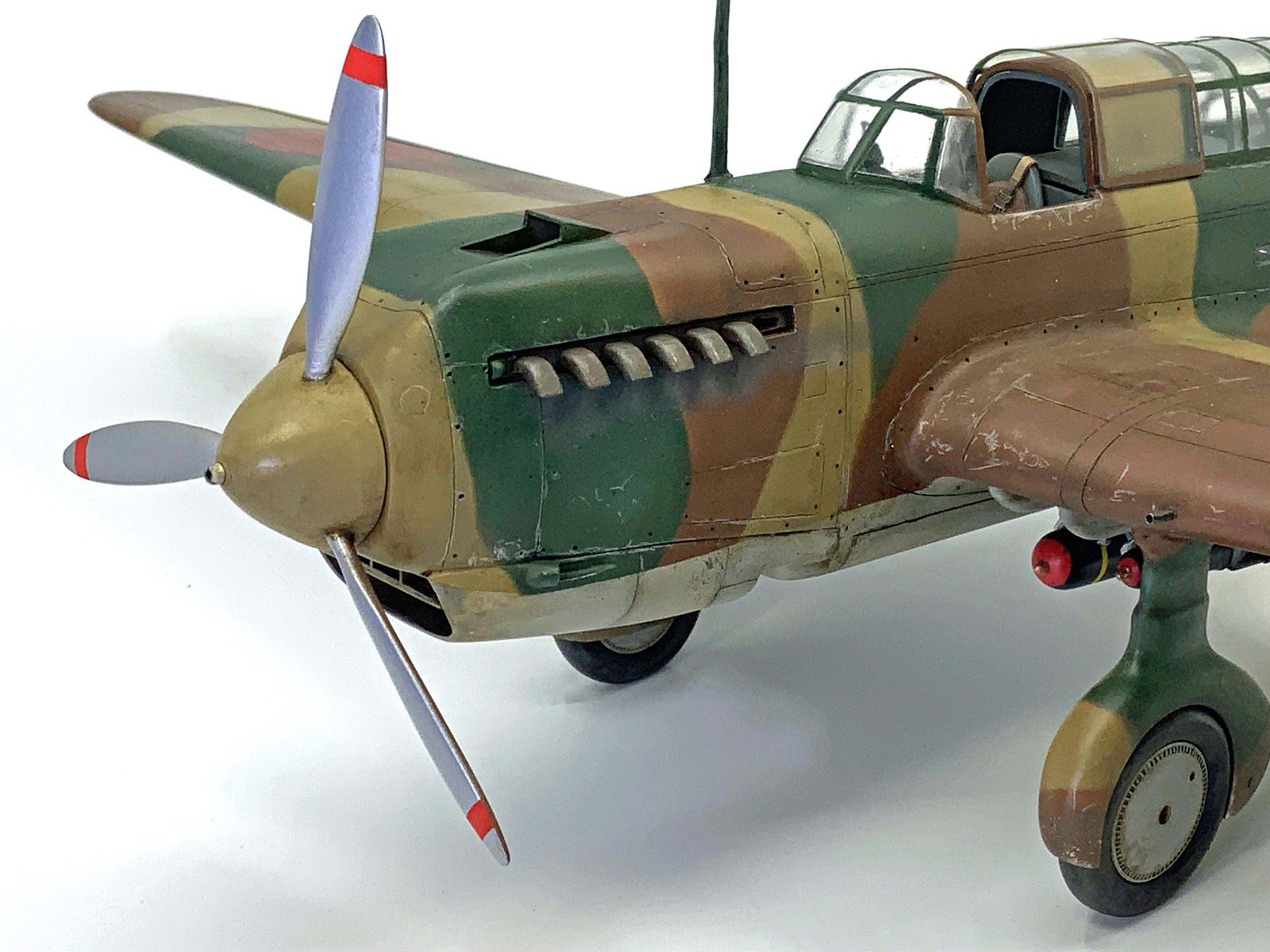
Kawasaki’s chunky Ki-32 ‘Mary’ light bomber is something of a rarity in modelling and none of the available plastic kits in 1/72 scale have done the type justice. The 1985 Merlin kit for all its crudity managed to capture something of the slab-sided character of the aircraft but was a challenge to build and refine. Now Harvey Low shares another stunning build in the form of a 1/32 scale ‘Mary’ from a resin kit. Over to Harvey then:-
‘Here is my 1/32 Ki-32 ‘Mary’. LEM Kits is a scale model company from Kyiv Ukraine. The company makes a variety of less well known large scale aircraft. One of their 2023 releases was the 1/32 Japanese Army Type 98 Kawasaki Ki-32 ‘Mary’.
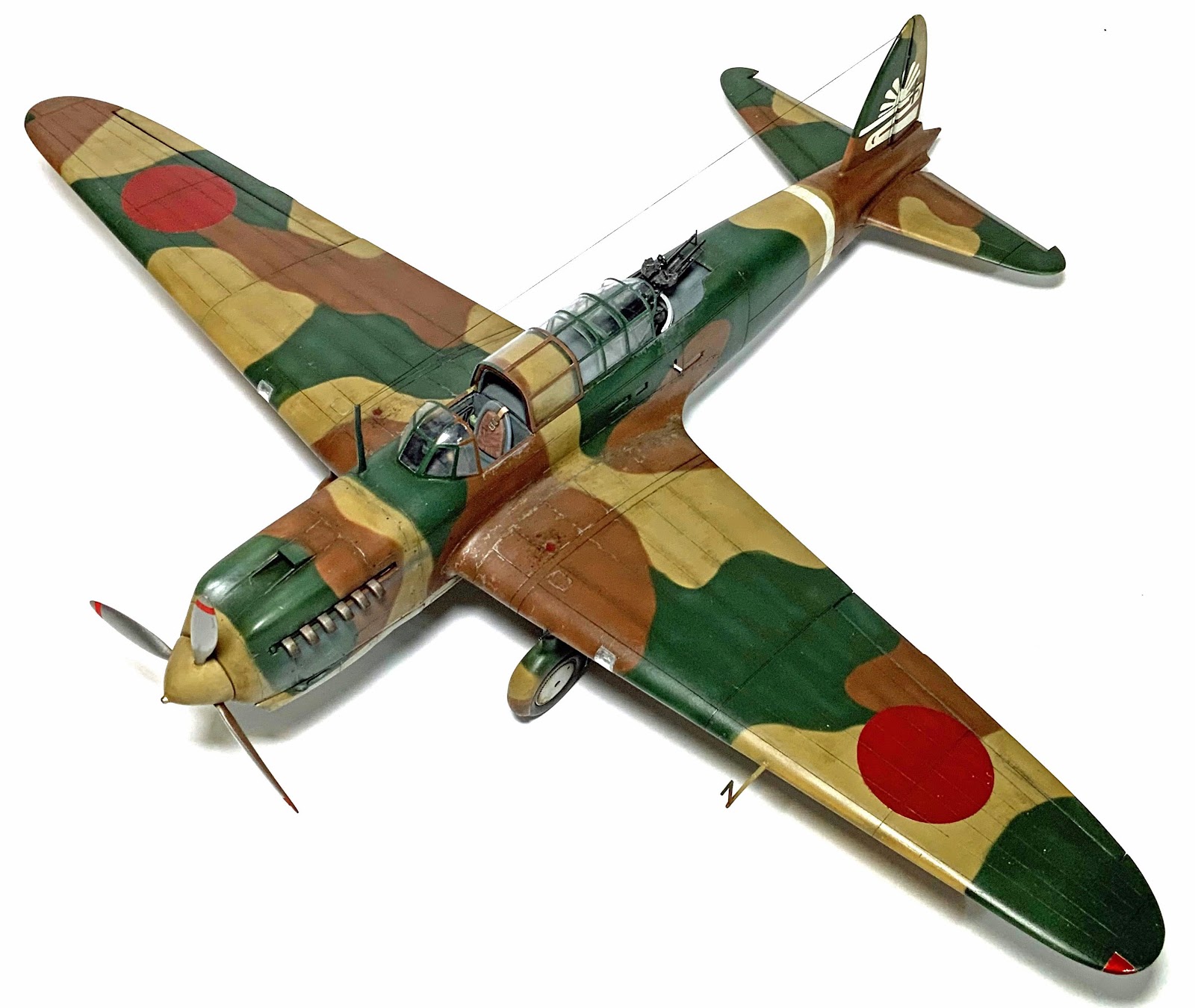
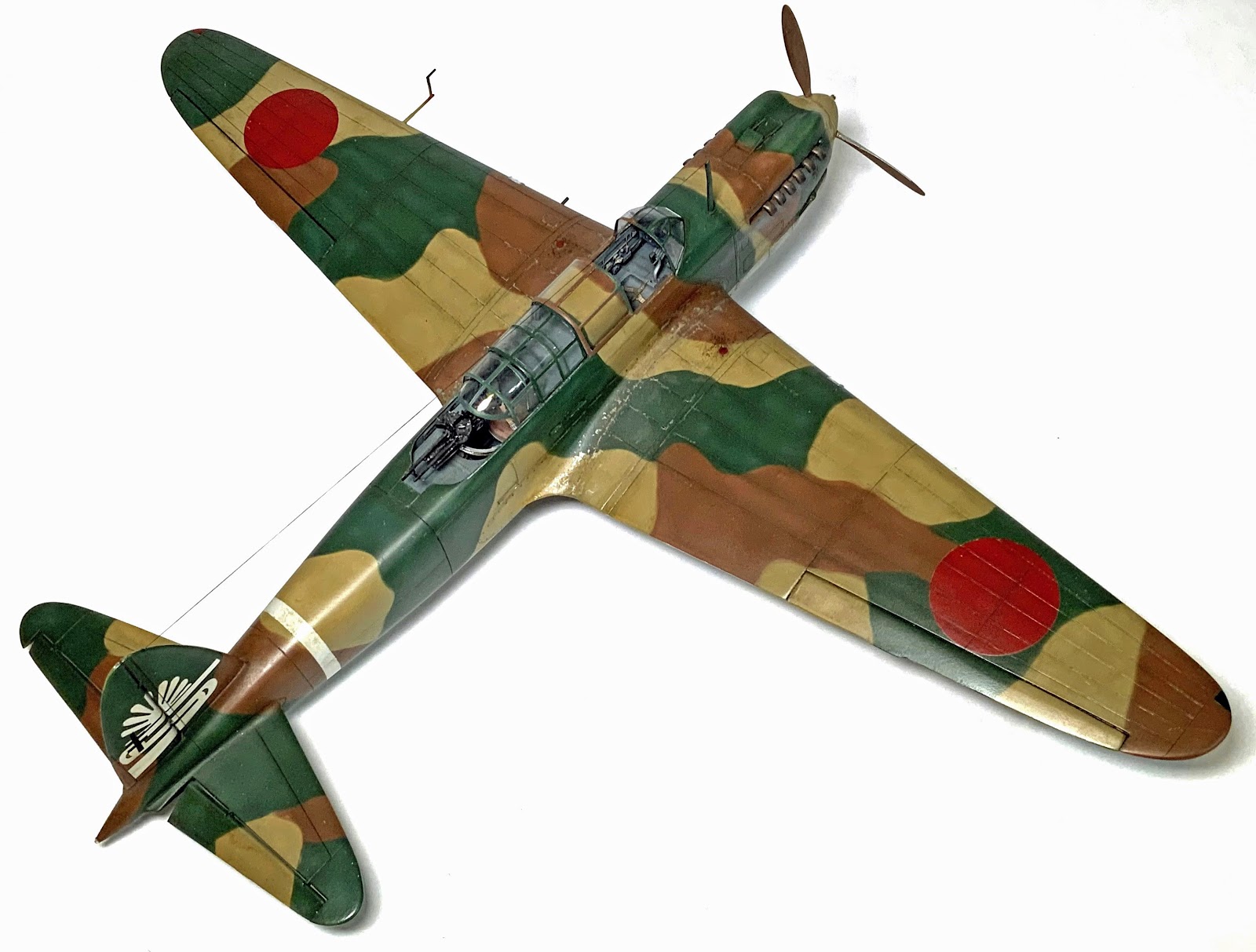
‘Large scale 1/32 Japanese bombers are not common! While there are plenty of 1/32 Japanese Army and Navy models (e.g., Oscar, Nate, Zero, Val), this model is oddly the only Japanese Army bomber in 1/32 that I know of (not counting the old vacuform kits of the Ki-30 Ann and Ki-49 Helen from Sanger).
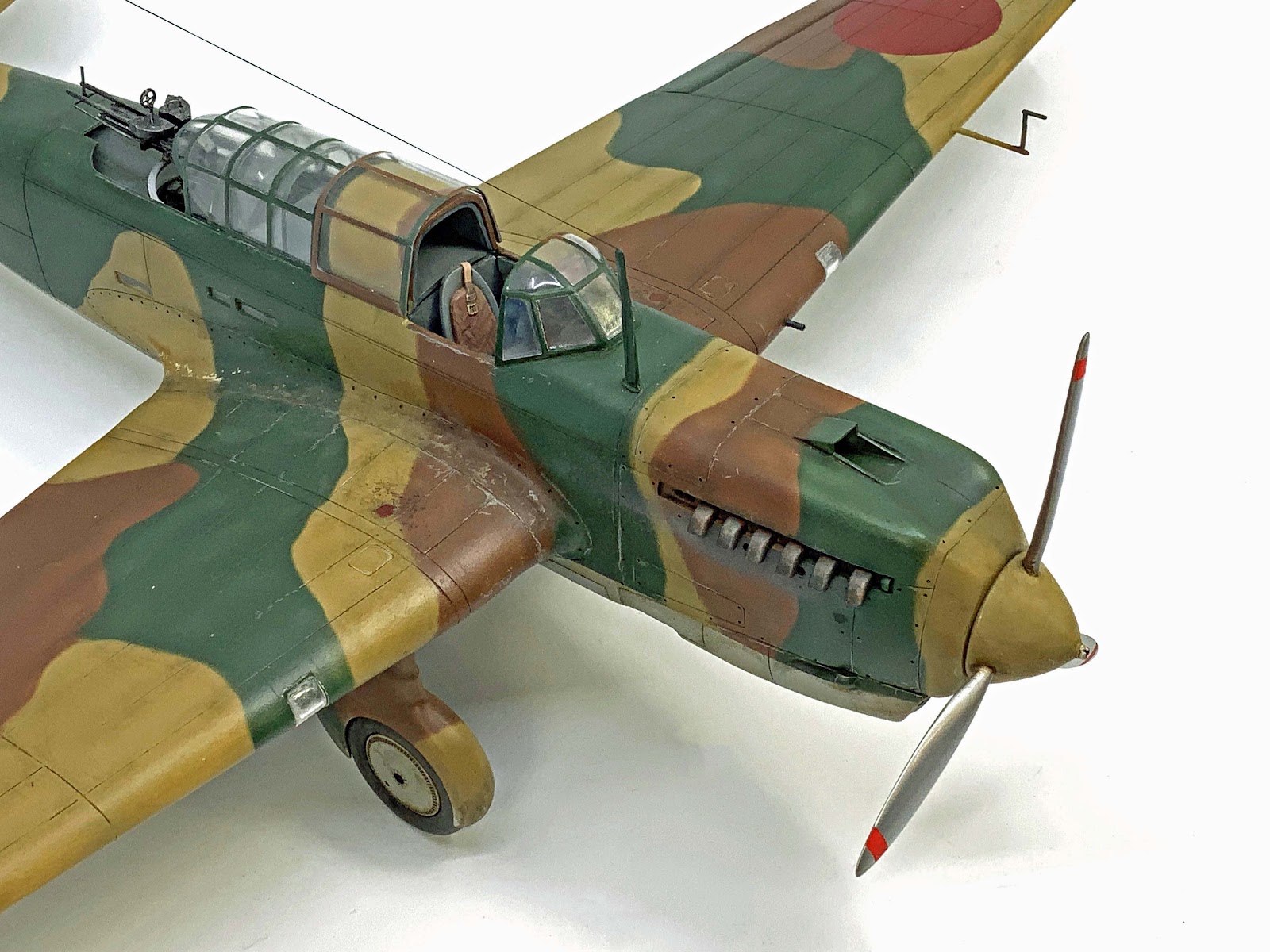

‘Entering service in 1937, the Ki-32 Japanese Army light bomber saw active combat in the Second Sino-Japanese War (1937-1945). Equipping the 3rd, 6th, 10th, 35th, 45th, 65th and 75th Sentai, it also fought the Soviets at the Battle of Nomonhan in 1939. Production ceased in 1940 with 854 being built. The Ki-32 was withdrawn from front-line service after participation in the attack on Hong Kong in December 1941, as more modern Japanese light bombers entered service such as the Ki-48. It was later used as a trainer with some serving in the Manchukuo Air Force to replace the obsolescent Kawasaki Type 88/KDA-2 light bomber.
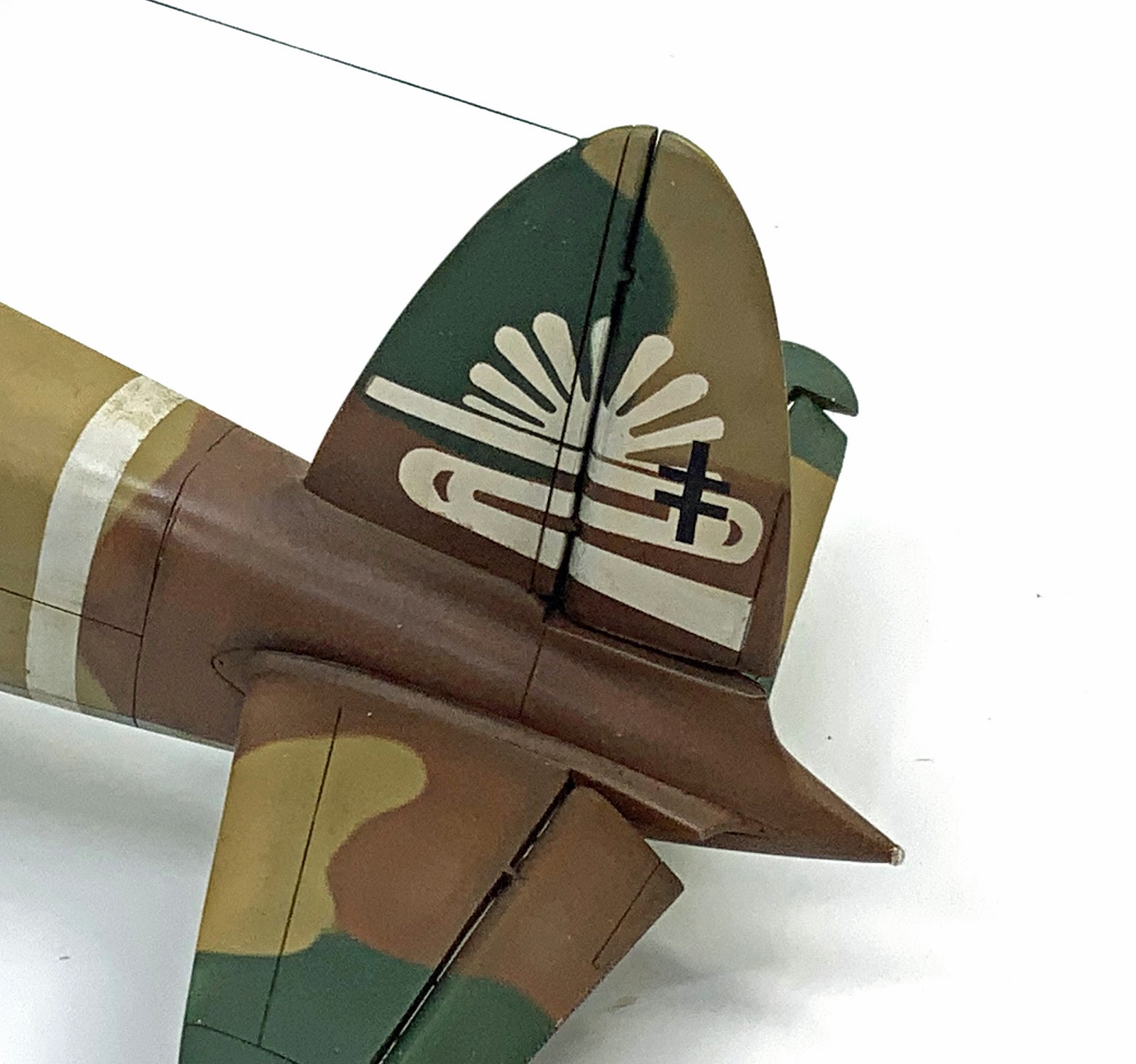
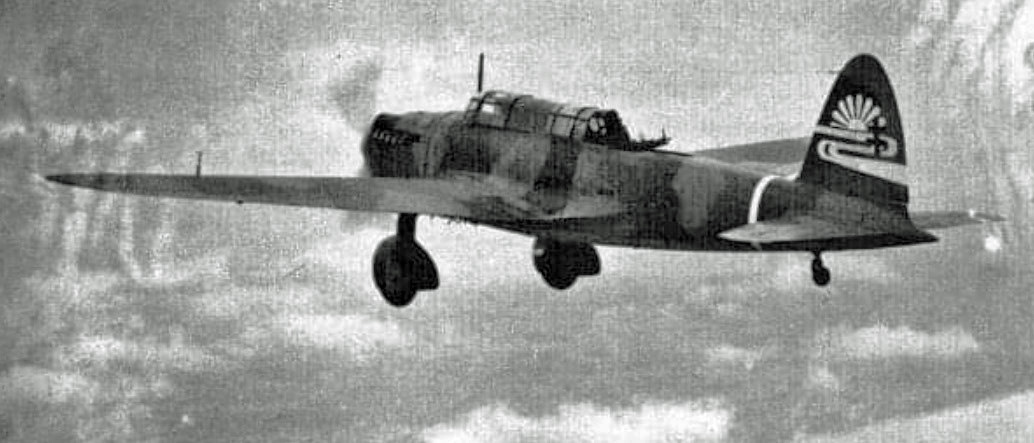
Harvey Low
With special thanks to Harvey for sharing these images of his superbly realised model. It’s a favourite type and I wish there was an accurate mainstream 1/72 or 1/48 scale kit. More on Ki-32 kits in due course.
On the model the single forward firing machine gun is shown fitted in the port wing just outboard of the undercarriage. Older references such as the Shuppan-Kyodo Encyclopedia of Japanese Aircraft 1900-1945 and Japanese Aircraft of the Pacific War by Réne J Francillon (Putnam) show or describe it fitted in the port side of the cowling. Strangely the handbook/manual doesn’t seem to show it all. There is no indication of it on the instrument panel layout.
The Ki-32 had an internal bomb bay and the usual ordinance load was 300kg, A maximum of 450 kg could be carried if fuel was reduced. Bombs could not be released from the bomb bay in a dive and for diving attacks bombs were carried beneath the wings. The Ki-32 aircraft making diving attacks on Kai Tak airfield and other installations at Hong Kong in December 1941 were described as ‘Stukas’ by witnesses on the ground.
The design originally called for a retractable undercarriage but wind tunnel testing demonstrated no improvement over a fixed undercarriage, whereas the latter offered advantages in terms of ease of maintenance and field serviceability. Ichiro Hasegawa described the type as having endless engine problems warranting cancellation but the escalation of the Sino-Japanese conflict saw it go into production. Ground crew referred to the engine troubles of the ‘BMW’ from the origin of the Ha-92 Otsu engine and described alarming issues such as cracks in the crankcase and rods protruding through the engine cover. . It was considered underpowered and struggled in every full load take off trailing a long flame which scared spectators. However, it was considered to be more manoeuvrable than the contemporary Mitsubishi Type 97 Ki-30 ‘Ann’ and was a faster aircraft than the RAF’s comparable Fairey Battle.
First flown in March 1937 the first unit to receive the type was the 9th Hiko Daitai in 1938, followed by the 7th and 5th Hiko Daitai. The Ki-32 was deployed to support ground operations against the Wuchang-Hankow area of China during 1938. Hiko Dai 16 Sentai flew the type during the 1939 Nomonhan Incident and in the campaign over Bataan in the Philippines during April 1942. Production from July 1938 to the spring of 1940 totalled 800 aircraft, averaging 50 per month which was considered remarkably high for the time.
The external finish was typical of Kawasaki, refined and with no trace of rivets. The tri-colour camouflage scheme associated with the Sino-Japanese conflict was described as tan, dull brown and dark green but artist Shigeo Koike profiled a Hiko Dai 3 Sentai ‘Mary’ with dark green, mid-green and khaki colours. The 3rd Sentai was one of the oldest JAAF units, established in 1918 as the 3rd Hiko Daitai and subsequently as the 3rd Hiko Rentai. It was re-designated as 3rd Sentai in August 1938 with its main operating field at Yokaichi in Shiga Prefecture, Japan. Some suggest that the dark green was in fact a dark blue and Ichiro Hasegawa reported a change of camouflage colouring for the Ki-32.
Image Credits: All model photos © 2025 Harvey Low



